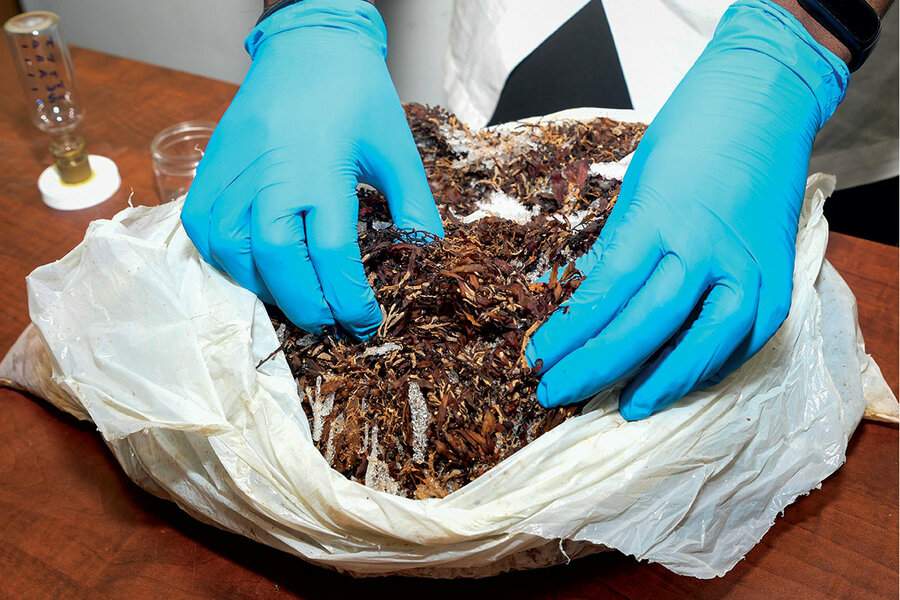The world’s biggest design challenge
Loading...
At my daughter’s school, the students have “design thinking” units. It’s a somewhat fancy label for projects that seem to involve angel hair pasta and marshmallows and contests for the highest towers or make-your-own boxcars. But the underlying goal is important: to approach challenges in new ways and to solve problems not by reading an instruction manual, but by creatively imagining – and testing – an outcome.
So, what if climate change is one really big design challenge?
That’s basically what Debbie Estwick suggested as we sat together this summer at a coffee shop in her home country of Barbados.
I had reached out to Ms. Estwick as part of my reporting for the Dec. 4 Monitor Weekly cover story, which explores how young people in Barbados and other low-income nations are driving globally important climate innovations. She was born a few years before the cohort we’re calling the Climate Generation – those under 35 years old – but she was deeply connected to the world of green entrepreneurship in the Caribbean.
She also focused on sustainability issues through her own firm, Flourish by Design, and had become particularly inspired by the traditional botany of Barbados – long ignored in favor of monocrops such as sugar cane, legacies of the island’s slavery-based economy. She suspected there were lessons for the future hidden in the natural world on her island, and in a traditional Bajan culture that is different from the global approach of consumption and growth.
“In Barbados we are at an intersection,” she said. “It’s KFC versus conkies.”
That’s a reference to the international chicken chain versus the banana leaf-wrapped “fast” food of Bajan culture.
It’s not that mass-produced fried chicken is wrong, she says. But the other approach reflects a unique perspective based in place and history.
For some decades, much of the world has been striving for KFC. But to design solutions for a massive and complex challenge like a heating planet, we need different ideas rooted in different experiences. In other words, we need unique approaches to the marshmallow-and-pasta towers. All of them.
The good news is that there is a global mindset shift toward this stance. My colleague Sara Miller Llana and I spoke to young people around the world who are both globally focused and inspired by their own specific places and relationships. The creativity they showed, whether through innovations or lifestyles or dreams for the future, left me hopeful.
“We have so much to share with the world that can do us all so much good,” Ms. Estwick told me. We just need to be “reflective about our past, inclusive of the many perspectives around our current context, and empathetically creative in envisioning and building the solutions we need.”








